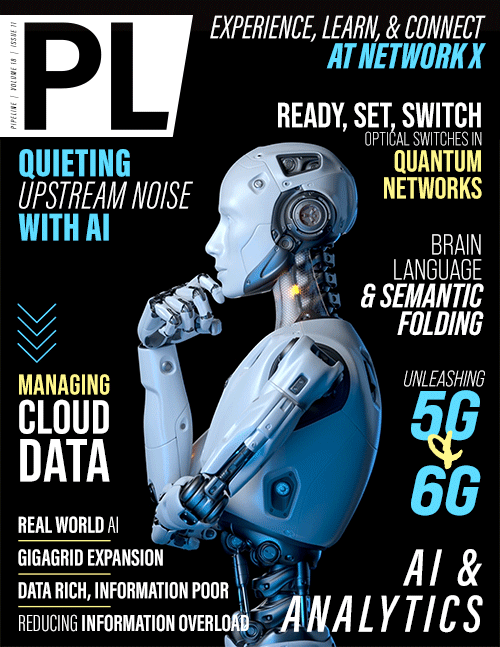Unleashing 5G & 6G with
AI-empowered Automation
The ZSM framework (depicted in Figure 1 on page one, and specified in ETSI ZSM 002) is versatile and built on service-based principles offering scalability, modularity, extensibility, and flexibility. It supports the transfer of autonomy from the operator to the network using intent-based interfaces. The framework provides capabilities to integrate AI-based functionalities and enable closed-loop automation.
The framework supports the separation of management and automation into areas of concern, or management domains (where the scope is delineated,for example, by an administrative or technological boundary, such as Radio Access) and end-to-end cross-domain service management domains. Each management domain is responsible for the fulfillment and assurance processes within its scope. The separation of concerns allows the abstraction of the complexity of the management domains.
The ZSM framework supports open interfaces as well as model-driven service and resource abstraction. The management services, which are exposed by the management domains, are described and specified. The architecture allows operational data to be kept separately from the management applications, enabling rapid and efficient access to current, real-time management data within and across the management domains to support the automation processes.
The framework is designed to enable adaptive, closed-loop automation—providing a feedback loop (depicted in Figure 2 on page two) between data monitoring, data analytics, decision-making and adaptive actions that aims to reach and preserve a set of objectives without external intervention.

Figure 3: Intelligent, coherent and interconnected loops across business, service and network management domains
click to enlarge
As depicted in Figure 3, closed-loop operation can be implemented at the management-domain level. Closed-loop operation can also occur at the end-to-end



















